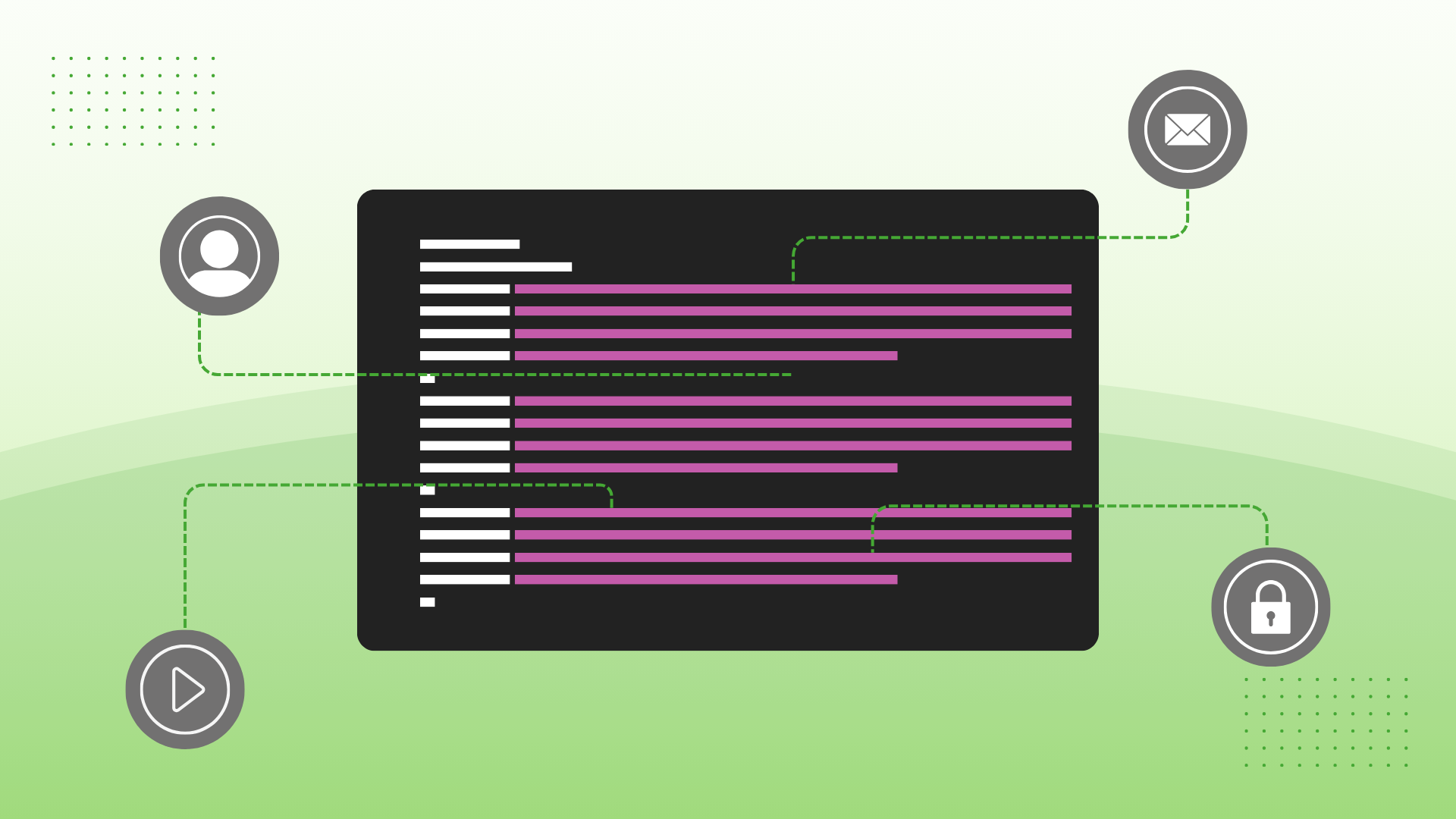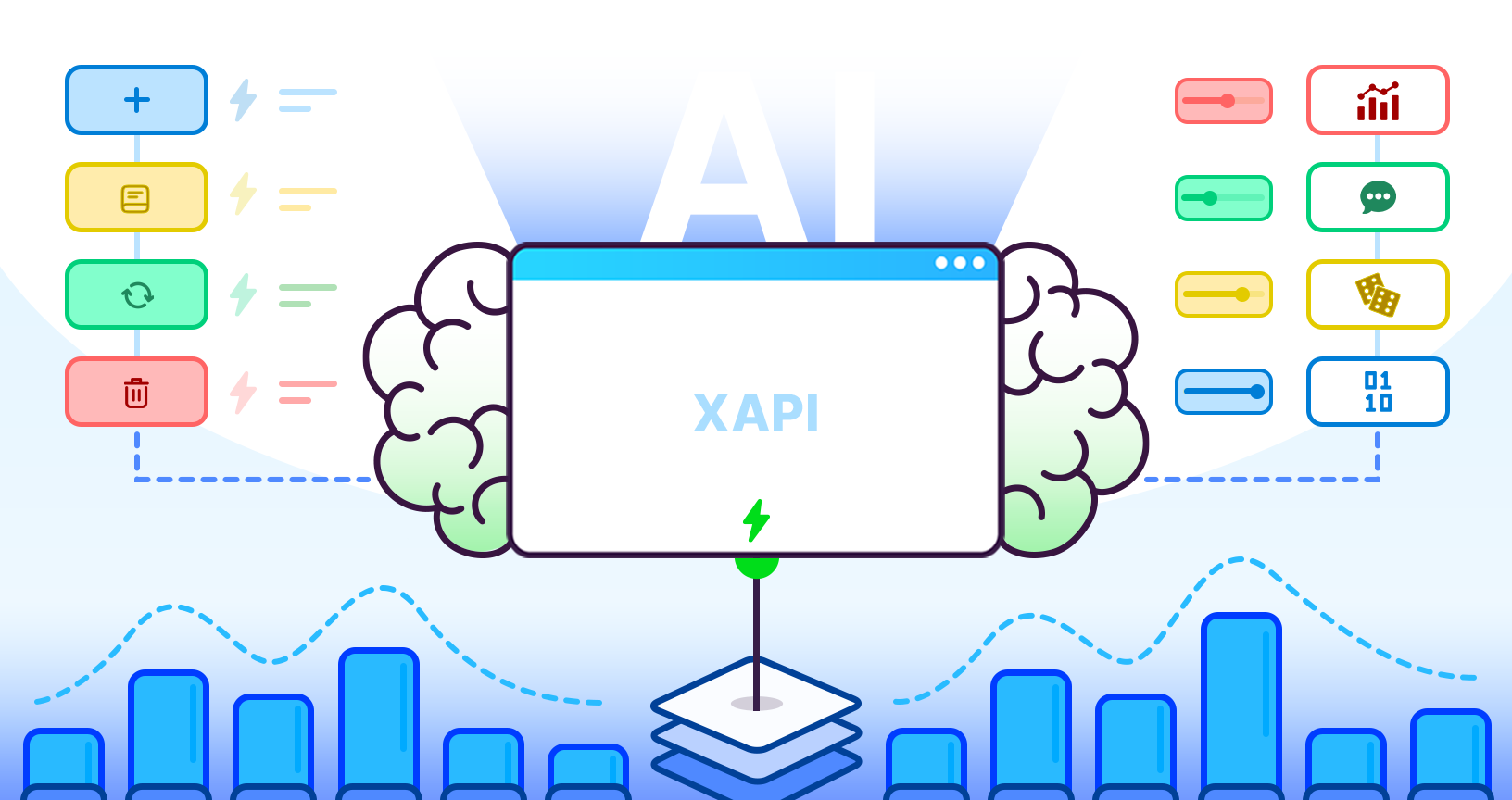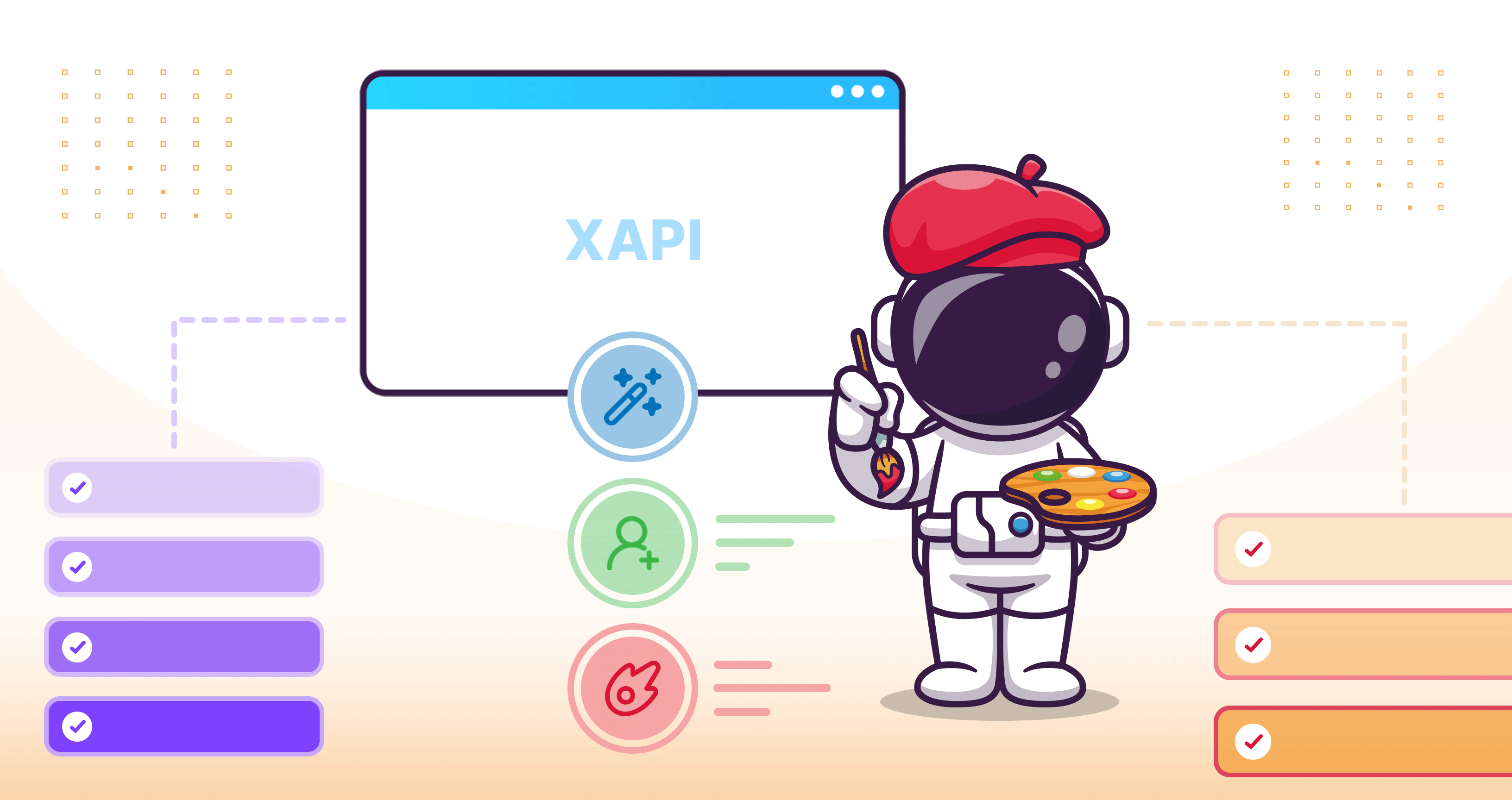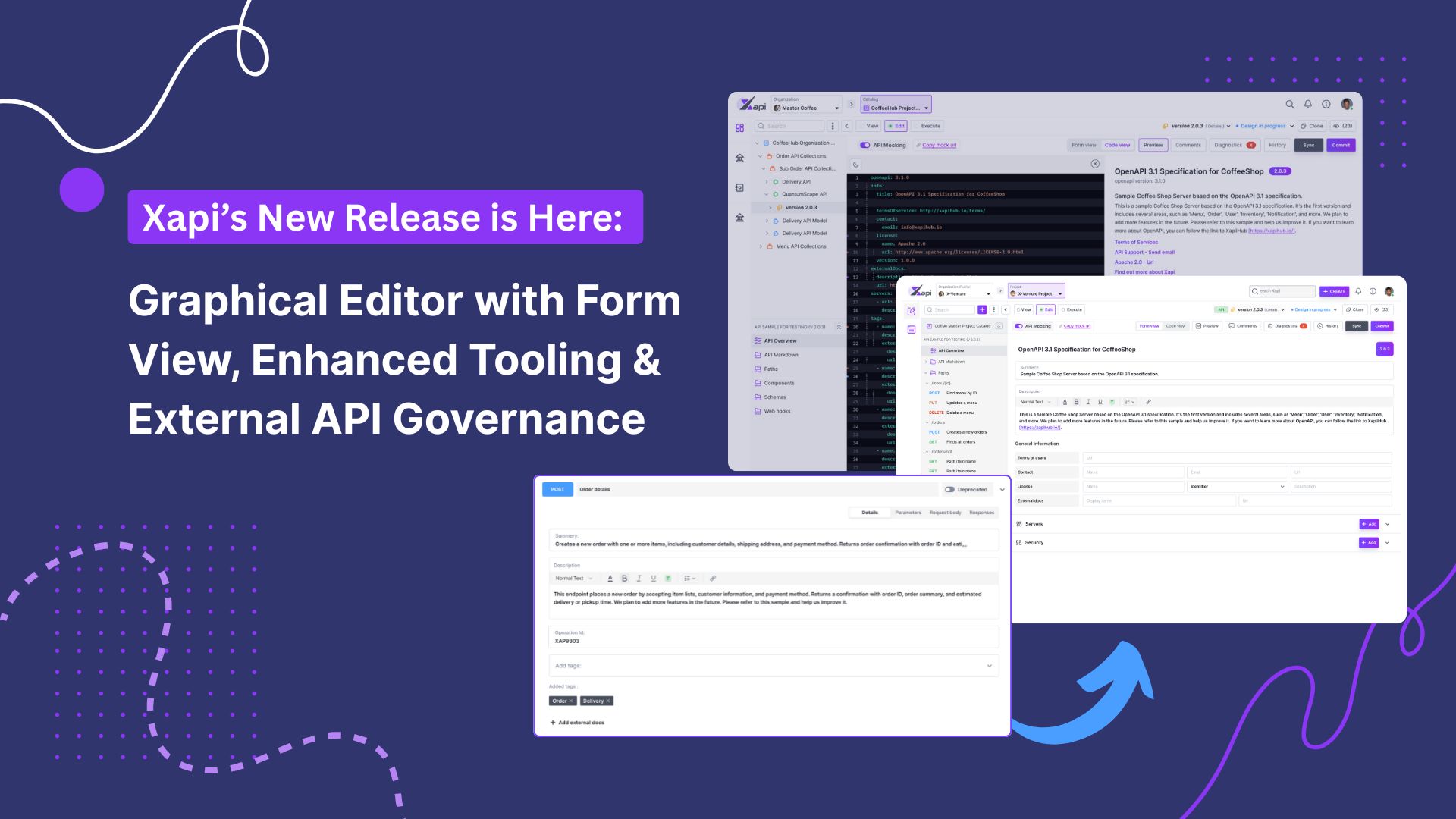Best Practices for Designing APIs with a User-Centric Approach

Farvin Lukman
22 May,2024 •
3 mins read
In today's digital landscape, application programming interfaces (APIs), are known to be the backbone of technological advancements. They help various software systems to communicate and pass information from one application to another. However, designing APIs can be a complex process, and it's easy to get carried away with technical details and forget about the end-user experiences.
56% of the developers believe that APIs contribute to the enhancement of their products. In this article, let's discuss the best practices for designing APIs with a user-centric approach.
-
Understanding User Needs
It is obviously clear that you need to place yourself in that of the user and think about what that user wants to do with the API, and how it can facilitate that journey.
It is with this information that you will be able to design an API that will not only help to verify that it is meeting the target users' needs and requirements but also ensures an enhanced user experience.
-
Keeping it Simple
Complex systems that are difficult to use can be ineffective as it makes it harder for developers to integrate the API into applications. Hence, keeping the API simple and straightforward enhances the user experience while saving developers time and effort.
-
Consistency
An API that is consistent saves developer time as it is easy to understand and use, it minimizes the learning curve. In API development, it is necessary to use the same syntax for naming and responses across the whole system as well as be precise and accurate about the error messages.
-
Documentation
Well composed API documentation aids developers in developing familiarity with how to use the API and debugging when difficulties arise. A good user manual should be user-friendly, clear, concise, and constantly updated.
-
Security
As APIs are widely used, they therefore possess access for important software functions and data, making APIs a prime target for attackers and cyber threats. A compromised, exposed, or hacked API can expose personal data, financial information, or other sensitive data. Hence, organizations must ensure that regular API testing is performed to identify the vulnerabilities. By implementing robust security measures to protect against possible threats, they can foster user trust.
Conclusion
In summary, prioritizing user-centricity in API design ensures that the APIs are easy to use, consistent, and secure for developers and end-users alike to work on. This leads to an improved user experience.
Xapi's user-friendly interface and extensive features makes it an ideal platform for designing APIs that meet user requirements and satisfy customer needs.
Start designing user-friendly APIs with Xapi today!

Farvin Lukman
Digital Marketing Intern at X-Venture








.jpg)

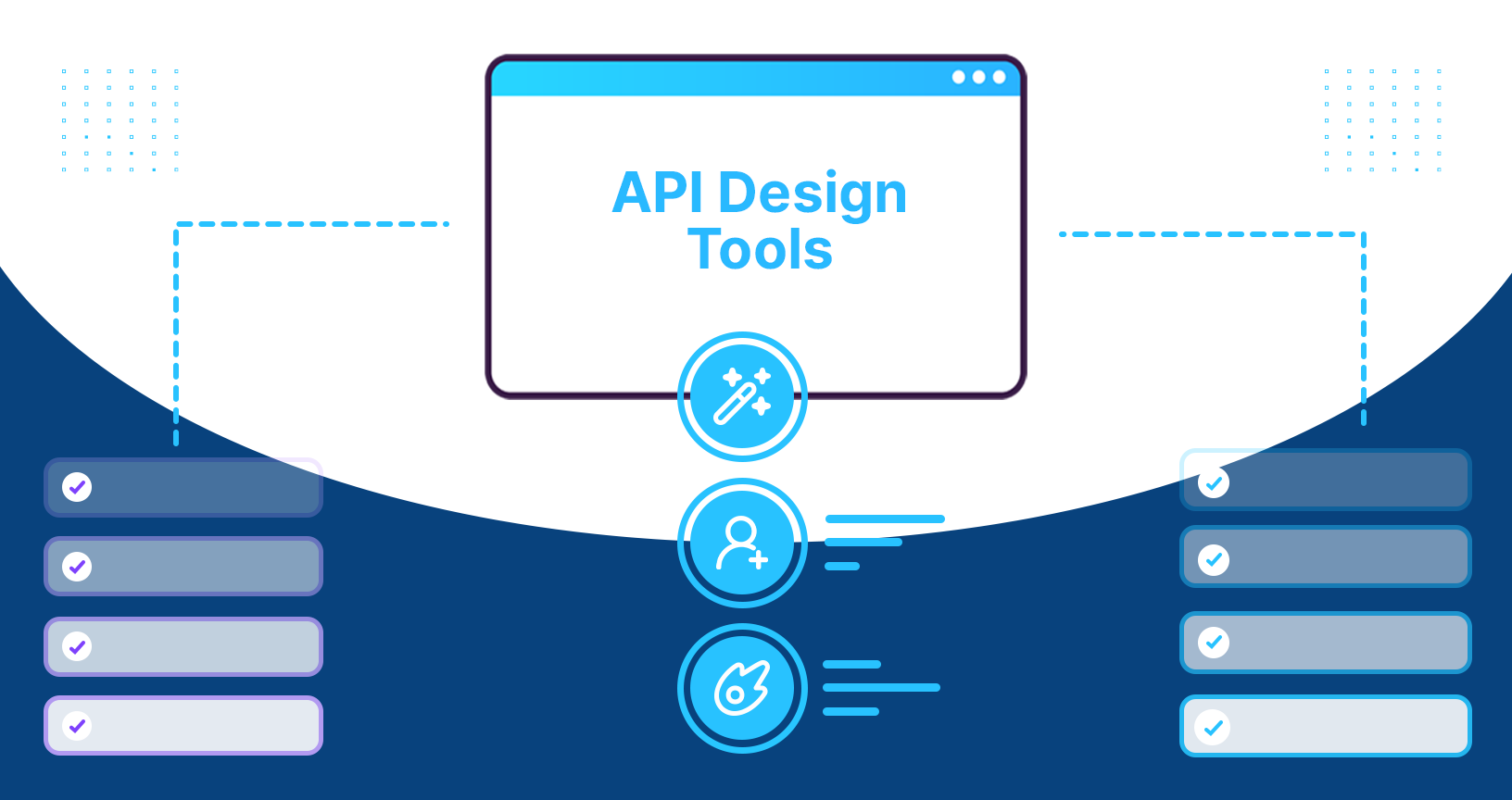

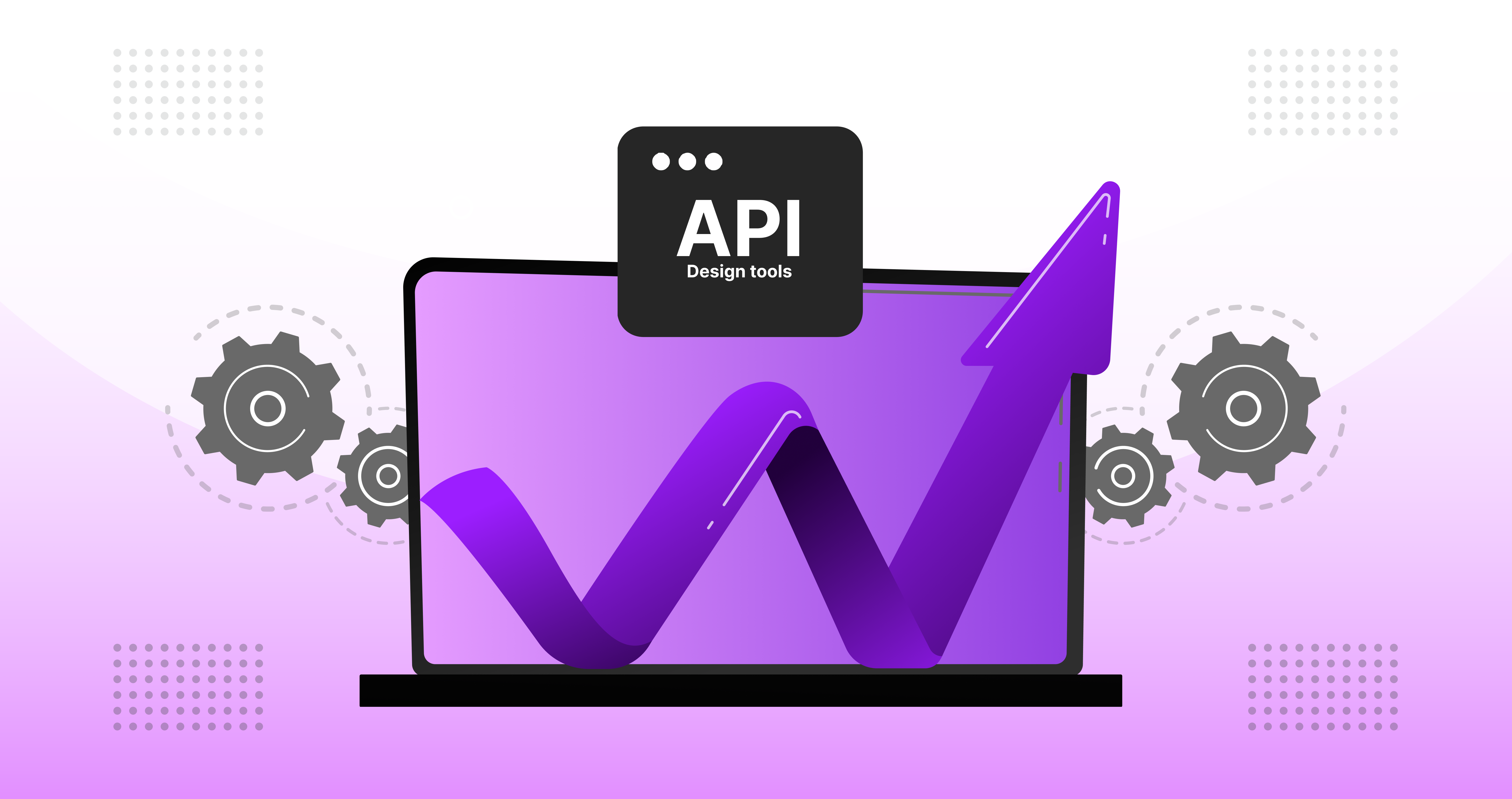


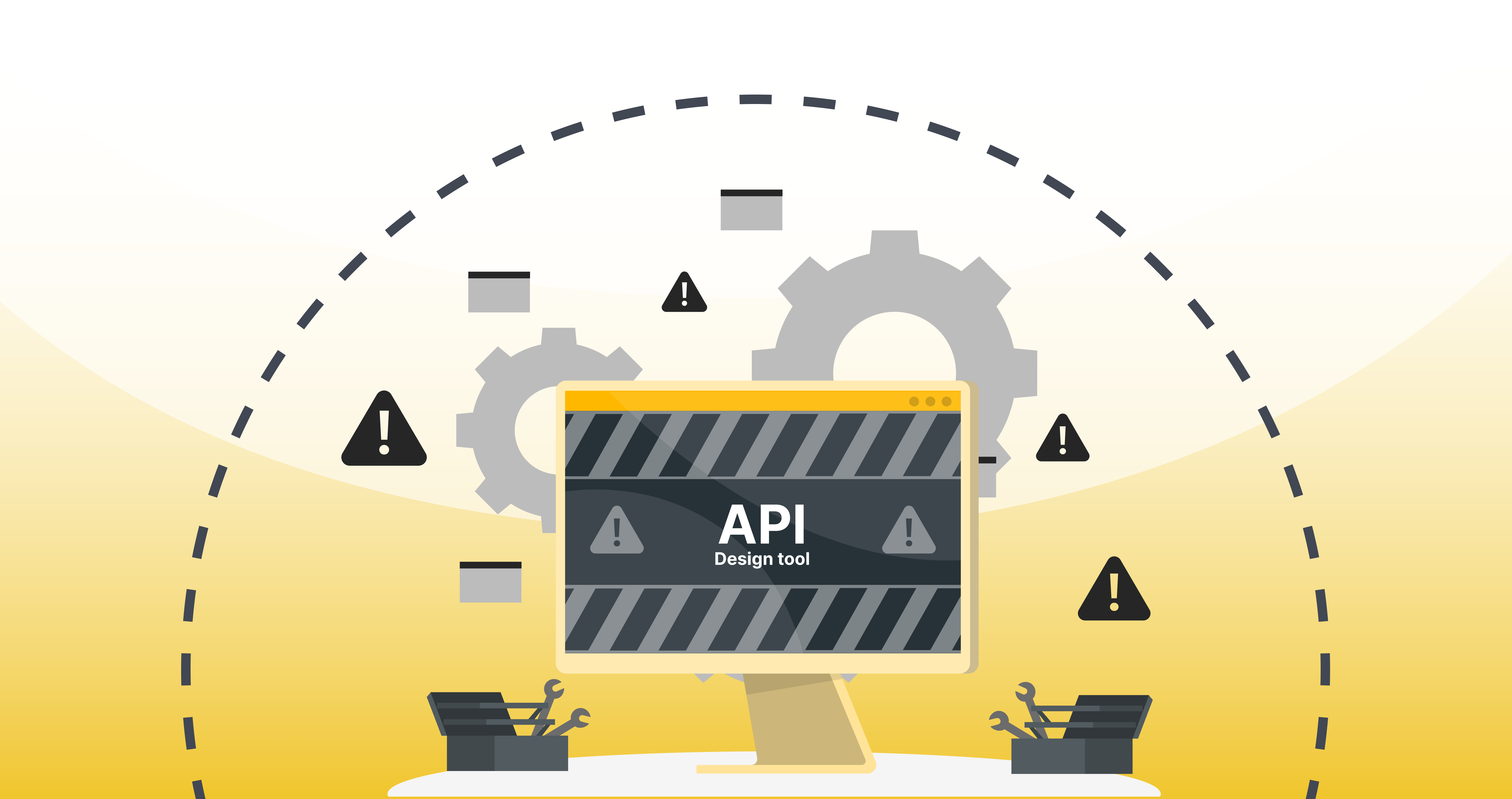

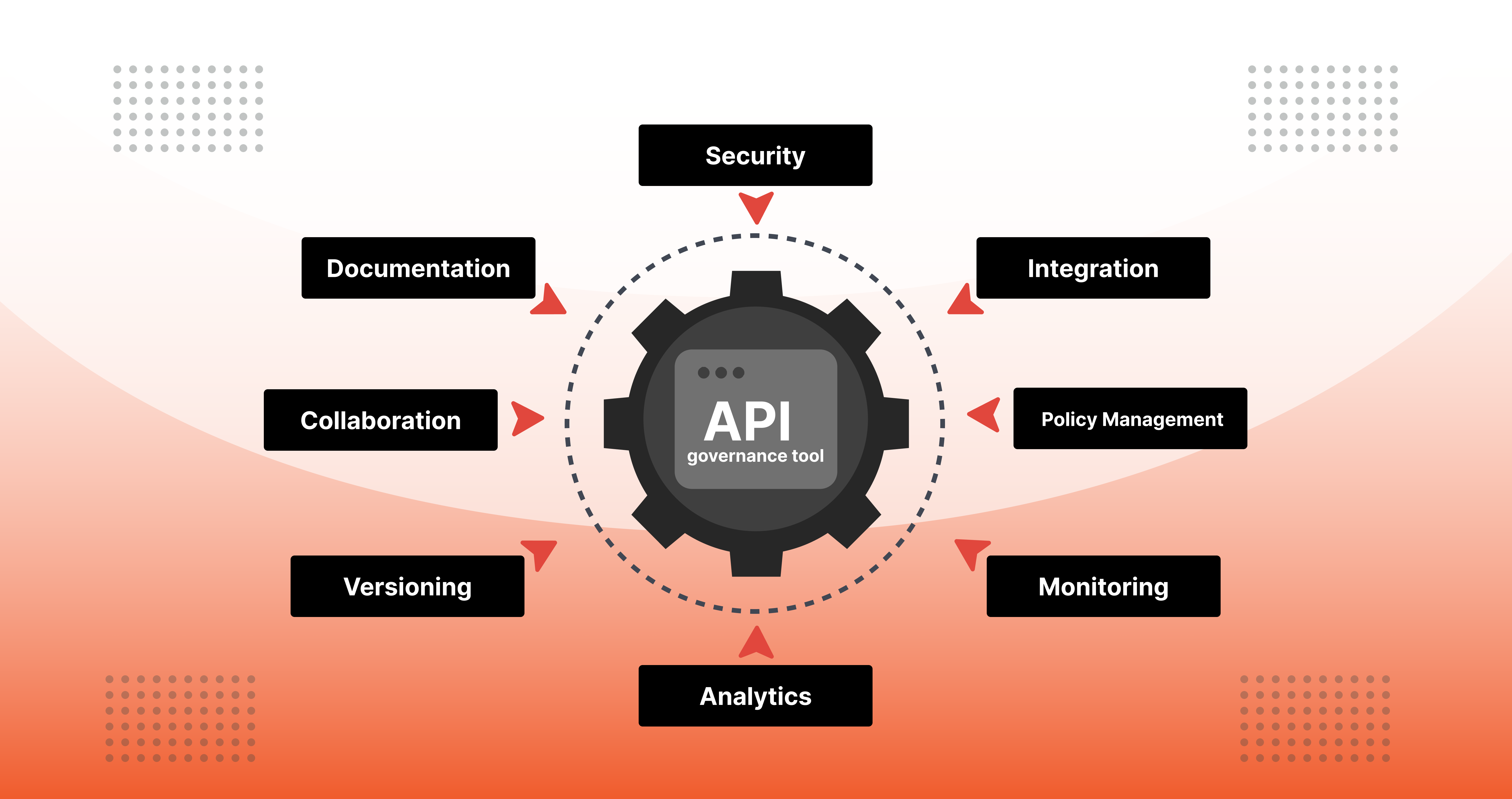

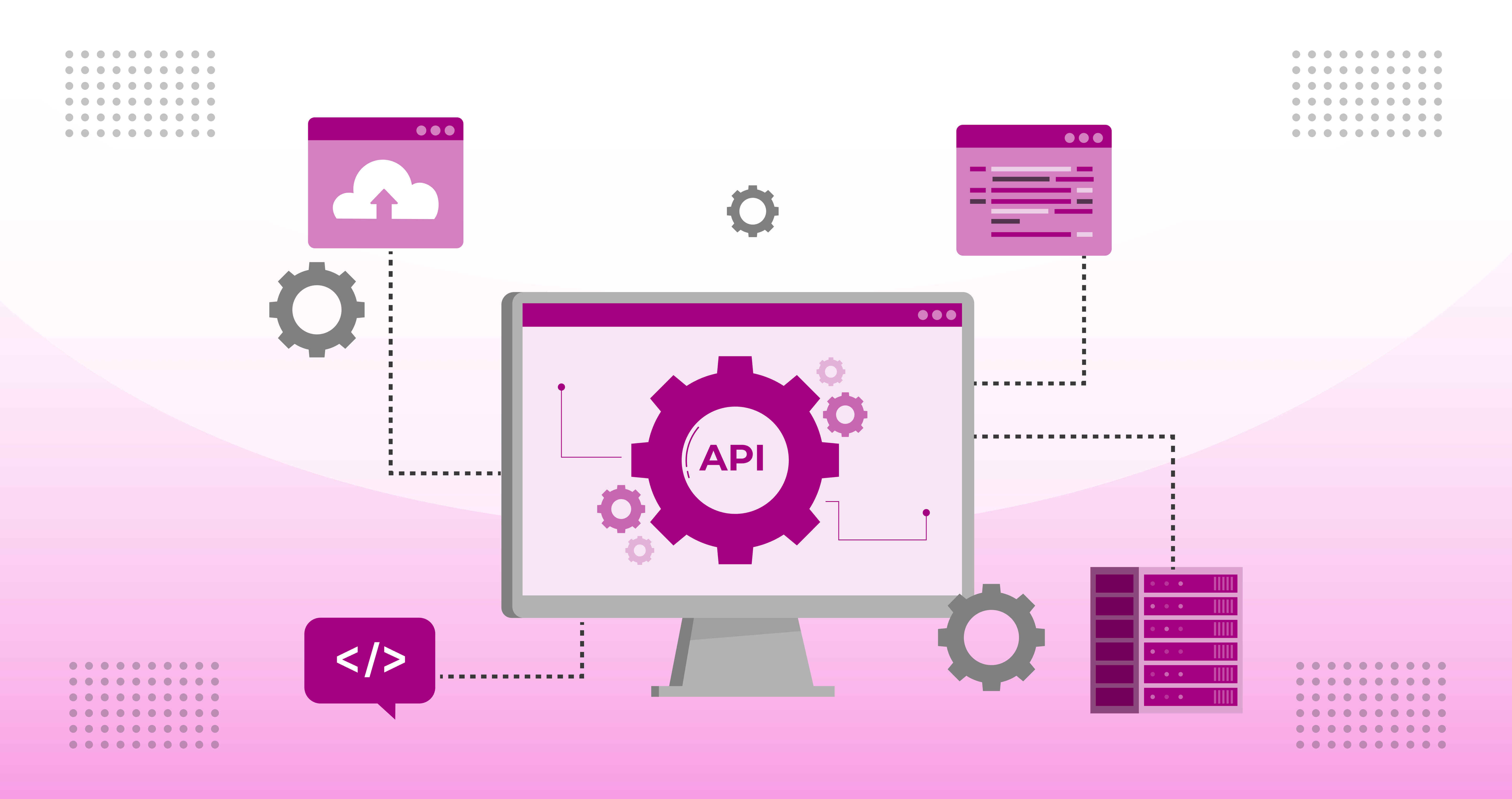

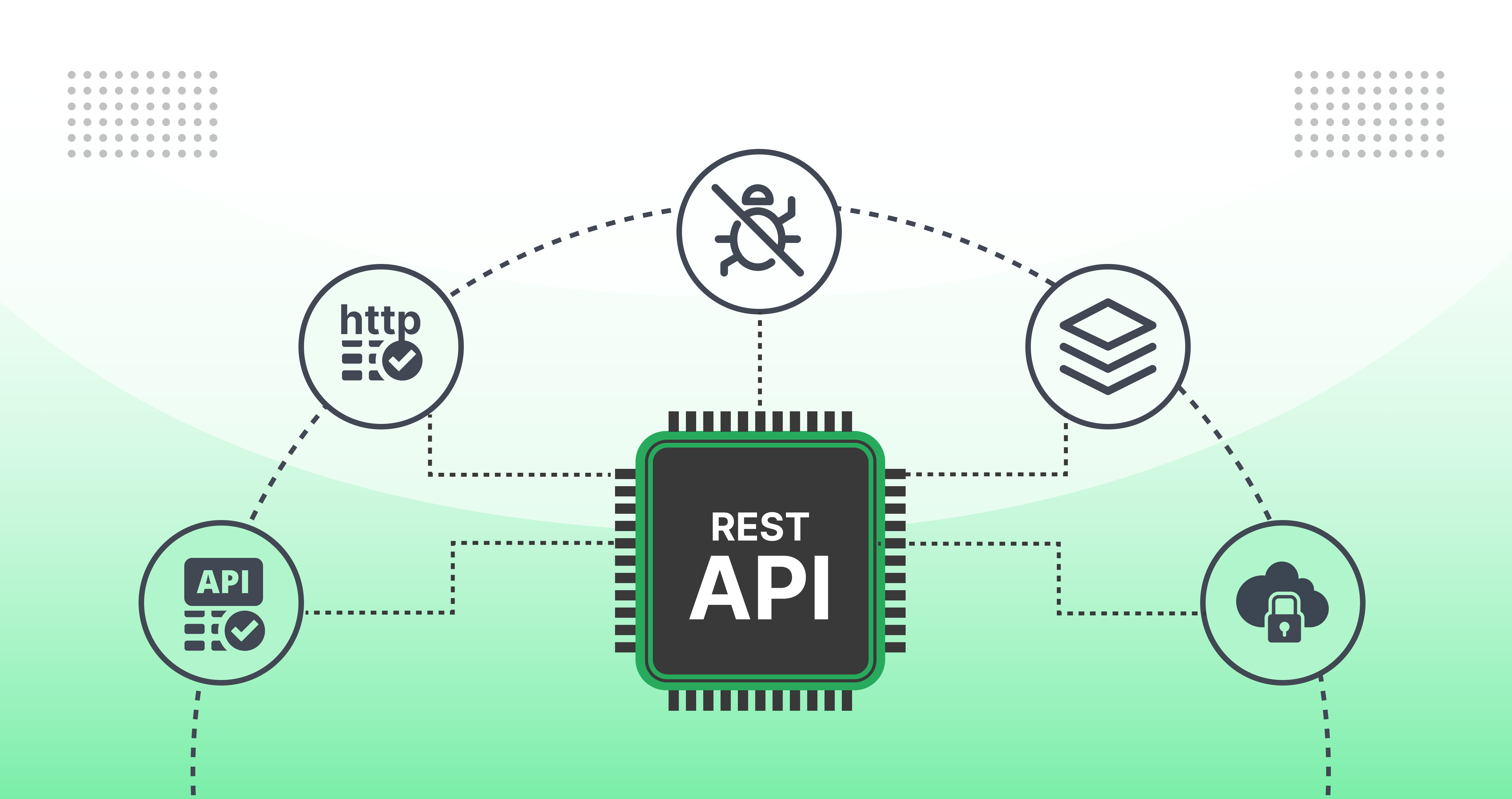

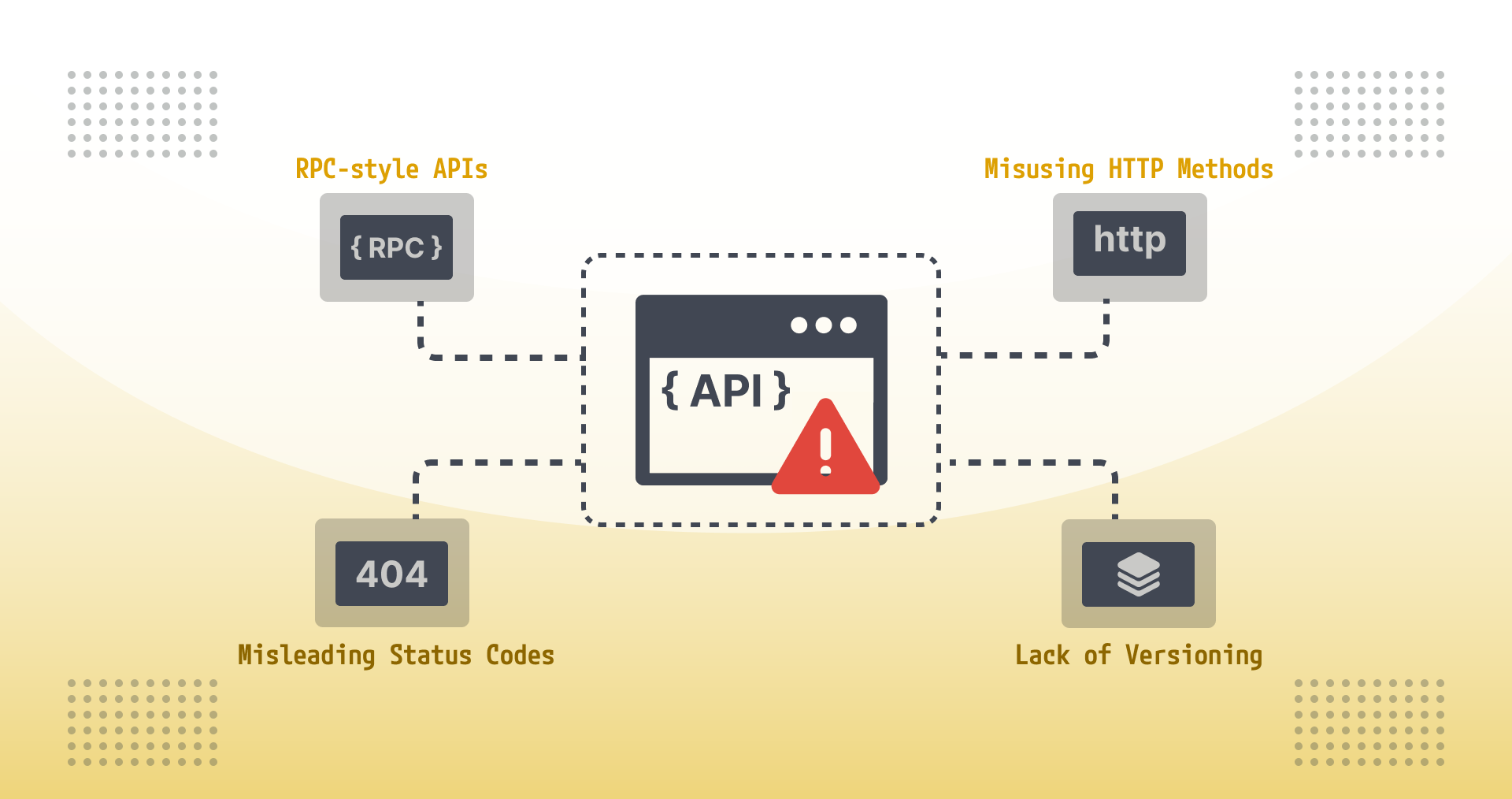

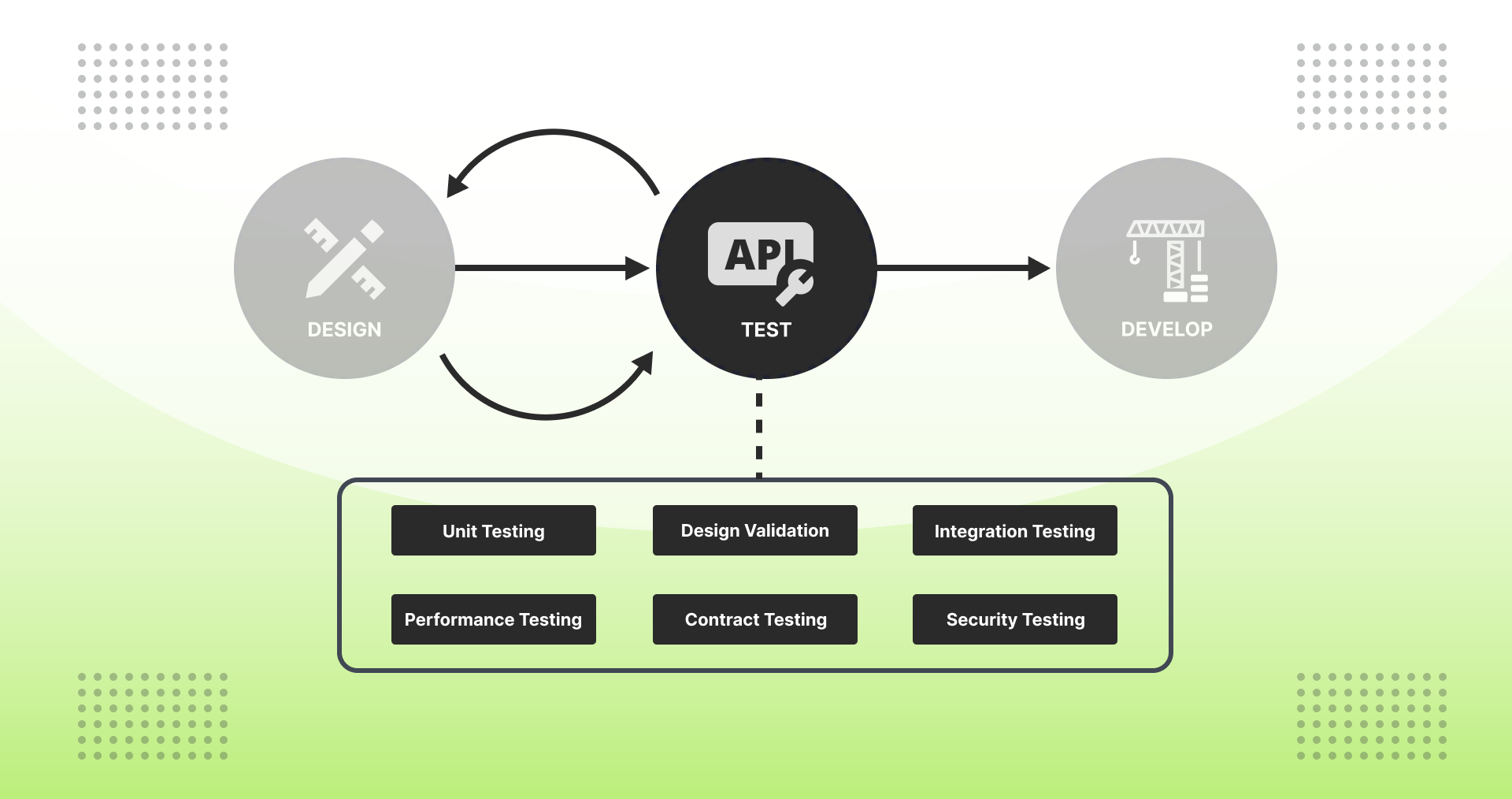


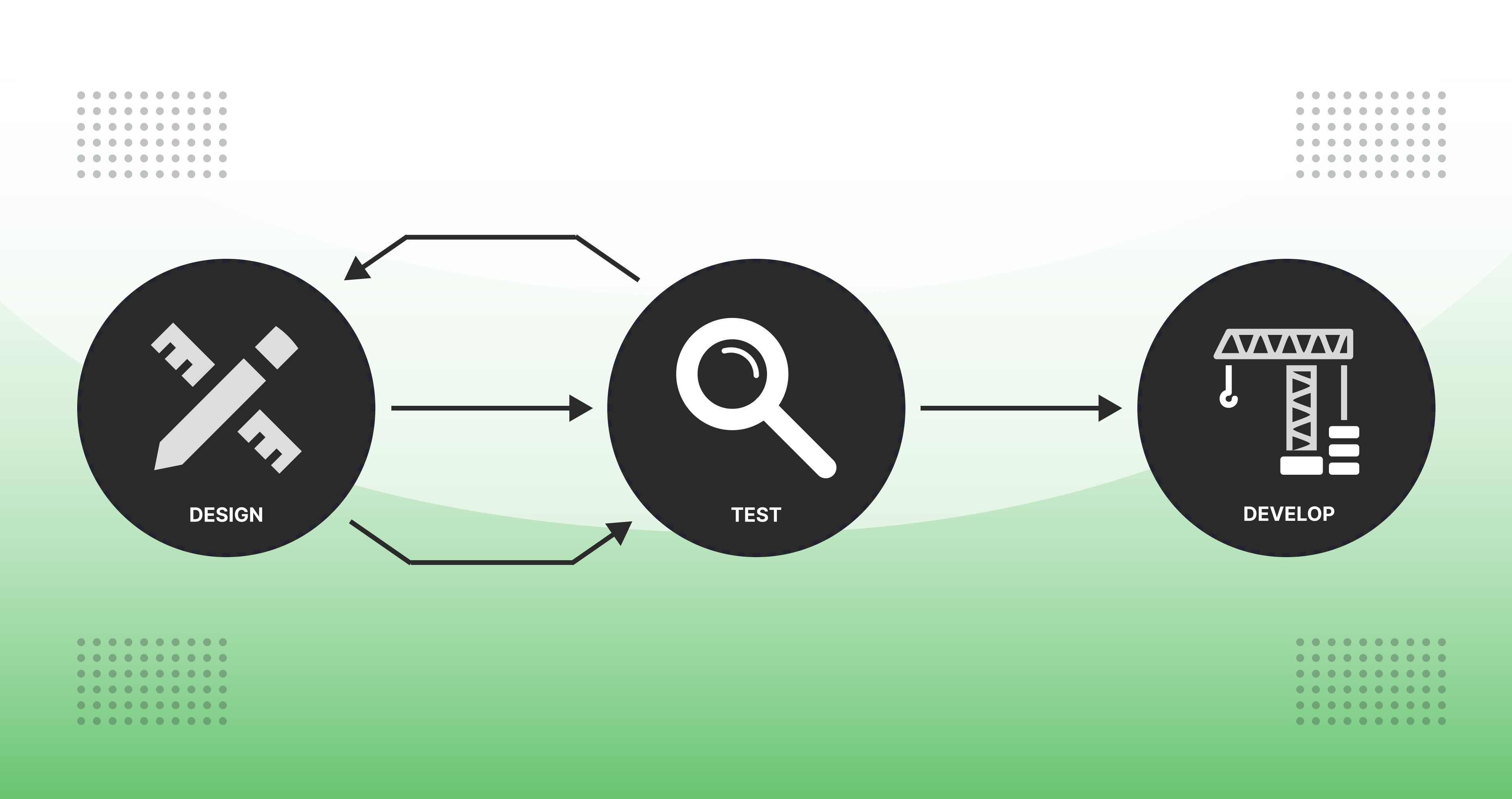

.jpg)
